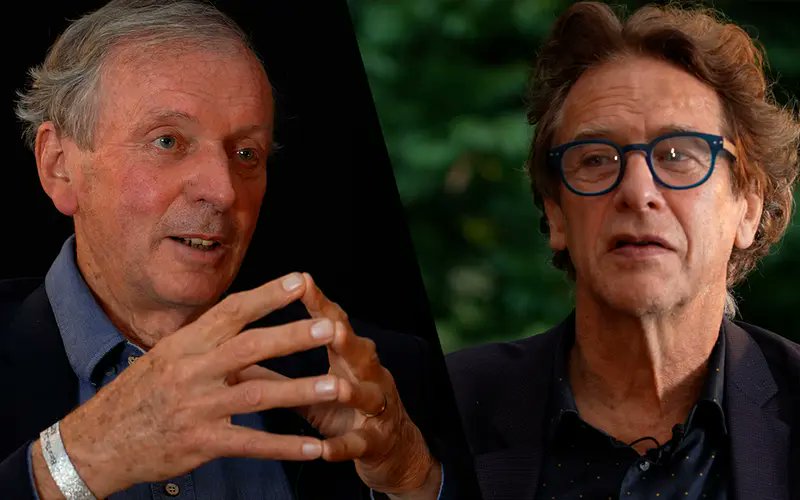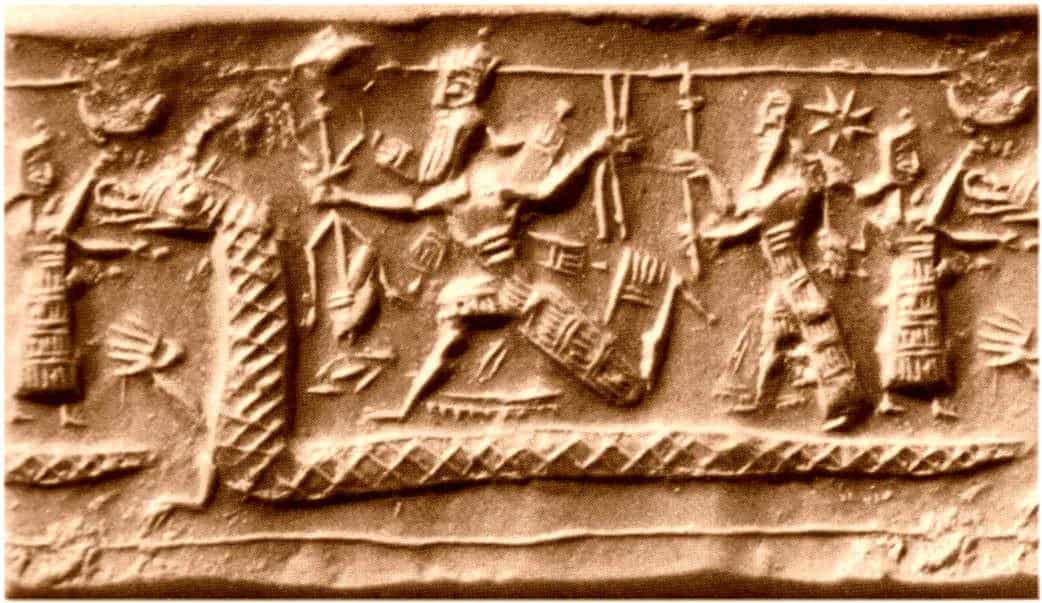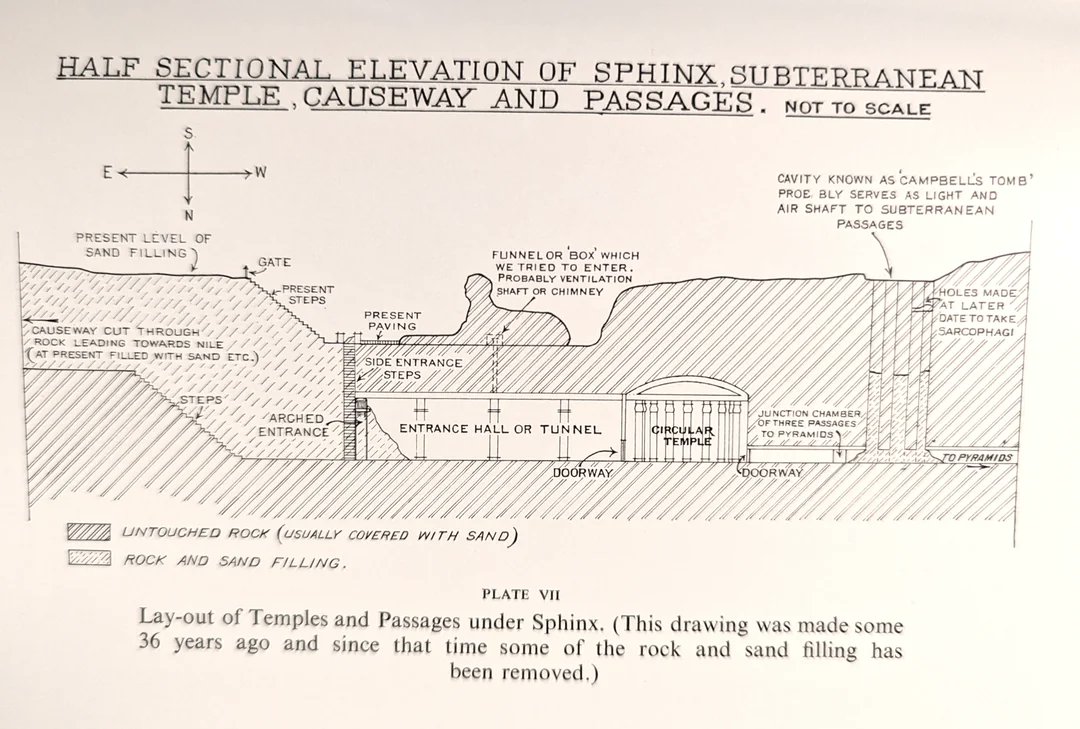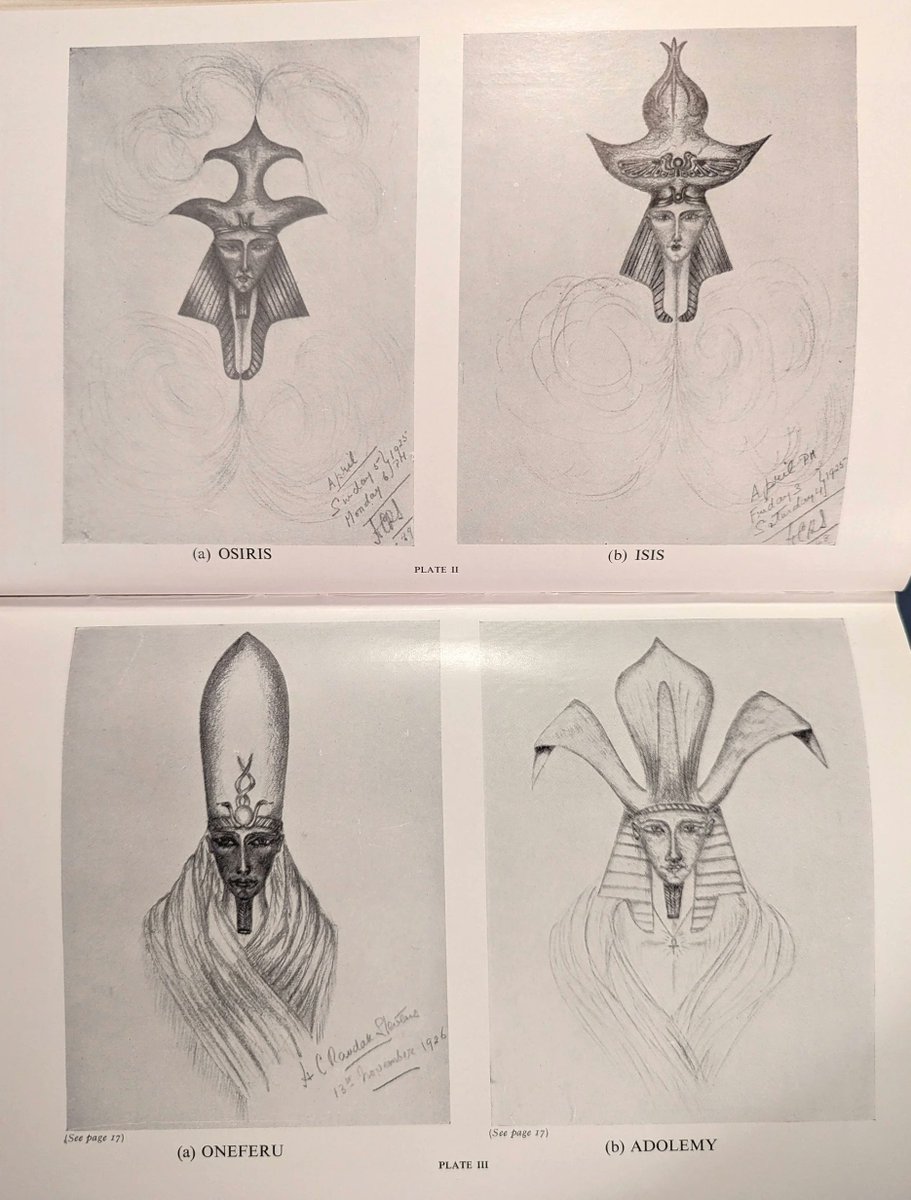This will totally blow your mind. This Man found in his compelling study that our cells use higher-level systems to talk to each other and organize what they do.
One of those higher-level systems is bioelectricity — a kind of electrical communication that happens not just in neurons (brain cells), but in all cells. These electrical patterns help cells figure out where they are in the body and what they should become.
The groundbreaking work of Michael Levin, a scientist at Tufts University, and his research could radically change how we understand biology, development, and even intelligence itself.
Traditionally, scientists have believed that genes, the information stored in our DNA, are the main drivers of this process. Genes control how cells behave, what kind of cells they become, and how organs form. Since sequencing the human genome, most biological research has focused on figuring out how genes do all this.
Levin, however, argues that genes are not the full story. He compares genes to low-level computer code. In computer science, programmers don’t usually work with machine code directly—they use higher-level tools that make things easier to understand and control.
This Thread will change everything you know about biology 🧵
One of those higher-level systems is bioelectricity — a kind of electrical communication that happens not just in neurons (brain cells), but in all cells. These electrical patterns help cells figure out where they are in the body and what they should become.
The groundbreaking work of Michael Levin, a scientist at Tufts University, and his research could radically change how we understand biology, development, and even intelligence itself.
Traditionally, scientists have believed that genes, the information stored in our DNA, are the main drivers of this process. Genes control how cells behave, what kind of cells they become, and how organs form. Since sequencing the human genome, most biological research has focused on figuring out how genes do all this.
Levin, however, argues that genes are not the full story. He compares genes to low-level computer code. In computer science, programmers don’t usually work with machine code directly—they use higher-level tools that make things easier to understand and control.
This Thread will change everything you know about biology 🧵

Bonus Post!
This Doctor Believes That Death Is Not the Annihilation of the Human Mind: Consciousnes Continues Even When Brain Is Dead
howandwhys.com/sam-parnia-nea…
This Doctor Believes That Death Is Not the Annihilation of the Human Mind: Consciousnes Continues Even When Brain Is Dead
howandwhys.com/sam-parnia-nea…
Levin suggests that biology has higher levels of organization that go beyond genes. One of these higher levels is what he calls the bioelectric network—a system where cells communicate using electrical signals, not just chemical signals or genetic instructions.
We usually think of neurons (brain cells) as the only cells that talk to each other using electricity. But Levin's research shows that many types of cells can do this. And these bioelectric signals help guide development, healing, and even complex decisions about what body parts to grow.
link.springer.com/article/10.100…
We usually think of neurons (brain cells) as the only cells that talk to each other using electricity. But Levin's research shows that many types of cells can do this. And these bioelectric signals help guide development, healing, and even complex decisions about what body parts to grow.
link.springer.com/article/10.100…

A powerful example of this is the planarian, a small worm that can regenerate its body, even from tiny fragments. Levin and his team discovered that the worm’s bioelectric state helps its cells “know” whether they need to grow a head or a tail. By changing the worm’s electrical signals (without altering its genes), they could create worms with two heads, no heads, or even the head of a different species. Some of these changes were permanent and passed on to offspring, showing that genes weren’t the only factor in controlling the worm’s shape and structure.
drmichaellevin.org
Levin’s lab has also used this method to make frogs grow extra limbs or eyes in strange places, like in their guts or tails, and those eyes actually work. This ability to guide development using electrical signals could eventually lead to tools that let us “program” living tissue, much like we program computers. Levin imagines a future where we can input a desired body part or organ into a program and output the signals needed to make it grow, which could revolutionize medicine.
But Levin's work goes beyond just building new organs. He believes that intelligence and decision-making exist throughout biology, not just in brains. For instance, if a tadpole’s face is rearranged, the parts move back into place as it grows. Cells “know” what the final structure should look like and work together to reach that goal, even if things start off wrong. This shows that development is flexible and smart—it’s not just following a rigid script written in genes.
drmichaellevin.org
Levin’s lab has also used this method to make frogs grow extra limbs or eyes in strange places, like in their guts or tails, and those eyes actually work. This ability to guide development using electrical signals could eventually lead to tools that let us “program” living tissue, much like we program computers. Levin imagines a future where we can input a desired body part or organ into a program and output the signals needed to make it grow, which could revolutionize medicine.
But Levin's work goes beyond just building new organs. He believes that intelligence and decision-making exist throughout biology, not just in brains. For instance, if a tadpole’s face is rearranged, the parts move back into place as it grows. Cells “know” what the final structure should look like and work together to reach that goal, even if things start off wrong. This shows that development is flexible and smart—it’s not just following a rigid script written in genes.

Levin defines intelligence as the ability to reach the same goal in different ways. Cells and tissues show this kind of adaptability all the time. For example, if an embryo is split in two, both halves can grow into full organisms. If a salamander’s cells are enlarged, its organs still form at the right size by using fewer, bigger cells.
Even more surprisingly, Levin’s team has created “biobots” by giving certain chemical cues to frog or human cells. These are tiny living robots that can move, heal, and even reproduce—without any genetic engineering. This shows how much untapped creativity exists in biological systems, and how we might be able to harness it to heal diseases, repair injuries, or even clean up pollution.
youtu.be/1qRIetbuoH4
Even more surprisingly, Levin’s team has created “biobots” by giving certain chemical cues to frog or human cells. These are tiny living robots that can move, heal, and even reproduce—without any genetic engineering. This shows how much untapped creativity exists in biological systems, and how we might be able to harness it to heal diseases, repair injuries, or even clean up pollution.
youtu.be/1qRIetbuoH4
On a practical level, the impact of Levin’s work is a move away from seeing genes as the sole blueprint for biological structure, toward recognizing the central role of bioelectric networks. But beneath that shift lies a deeper thesis: that intelligence and cognition are not exclusive to brains or conscious organisms, but are widespread across all levels of biology. Development itself appears to be intelligent. Take, for example, an experiment where researchers manually scrambled the facial features of a developing tadpole. Despite this disruption, the organs found their way back to their correct positions as the tadpole matured.
This shows that development isn't a rigid, gene-driven process but something more adaptive—something that behaves as if it’s working toward a goal. The scrambling introduced by the researchers wasn’t an evolutionary pressure the animal was selected for, yet it still corrected itself. Levin and his team refer to such manipulated animals as “Picasso frogs,” highlighting the system’s ability to make sense of a bizarre configuration using its own internal logic.
This shows that development isn't a rigid, gene-driven process but something more adaptive—something that behaves as if it’s working toward a goal. The scrambling introduced by the researchers wasn’t an evolutionary pressure the animal was selected for, yet it still corrected itself. Levin and his team refer to such manipulated animals as “Picasso frogs,” highlighting the system’s ability to make sense of a bizarre configuration using its own internal logic.
Biological systems adapt not just at the whole-organism level, but even at the level of individual cells and tissues. Levin defines intelligence as the capacity to reach the same goal through different means, and many of his experiments demonstrate exactly that.
If you slice an embryo in half, it doesn’t produce two malformed half-organisms—it forms two complete, viable individuals. If you artificially enlarge the cells of a newt's kidney, the resulting structures still maintain their intended size, just built with fewer cells.
In extreme cases, when the cells are made large enough, the organism forms entire tubules out of single cells, folding inward. These systems are reconfigurable in ways that suggest decentralized decision-making and goal-directed behavior.
What makes all of this even more remarkable is that intelligence in biology doesn’t just mean resilience or robustness; it can also mean creativity.
When given the right stimuli, biological systems don’t just return to their default behavior; they can develop entirely new ones. Levin’s lab has taken frog skin cells, ordinary cells that would normally just form outer tissue, and, using biochemical signals (no genetic editing), turned them into tiny autonomous “biobots” that move and even self-replicate.
More recently, similar work has been done using adult human lung tissue to create biobots capable of repairing damaged neurons. These are early steps into a whole new world where we might create living machines to fight cancer, clean environmental waste, or regenerate damaged organs.
If you slice an embryo in half, it doesn’t produce two malformed half-organisms—it forms two complete, viable individuals. If you artificially enlarge the cells of a newt's kidney, the resulting structures still maintain their intended size, just built with fewer cells.
In extreme cases, when the cells are made large enough, the organism forms entire tubules out of single cells, folding inward. These systems are reconfigurable in ways that suggest decentralized decision-making and goal-directed behavior.
What makes all of this even more remarkable is that intelligence in biology doesn’t just mean resilience or robustness; it can also mean creativity.
When given the right stimuli, biological systems don’t just return to their default behavior; they can develop entirely new ones. Levin’s lab has taken frog skin cells, ordinary cells that would normally just form outer tissue, and, using biochemical signals (no genetic editing), turned them into tiny autonomous “biobots” that move and even self-replicate.
More recently, similar work has been done using adult human lung tissue to create biobots capable of repairing damaged neurons. These are early steps into a whole new world where we might create living machines to fight cancer, clean environmental waste, or regenerate damaged organs.
The broader implication of Levin’s work is that we may need to rethink our assumptions about what counts as an “agent” and what systems are capable of “goals.”
Is a cell an agent? What about a tissue, an organ, or a network of immune cells? Levin suggests that intelligent, goal-directed behavior predates brains—it appears in morphogenesis, in bacterial swarms, even in gene networks.
These systems don’t look like the agents we’re used to, but they exhibit behaviors we associate with intelligence: memory, problem-solving, adaptation. And crucially, Levin isn’t just making this case philosophically; he and his colleagues are demonstrating it experimentally.
By redefining intelligence and cognition in these more general terms, Levin opens the door to new scientific and engineering paradigms. If cells have goals, we can learn to speak their language and steer them toward outcomes we want.
If intelligence arises from cooperation among many simple parts, then the brain is just one example of a much broader class of cognitive systems. That shift could unify fields that have long remained separate: neuroscience, immunology, developmental biology, synthetic bioengineering, even sociology.
Is a cell an agent? What about a tissue, an organ, or a network of immune cells? Levin suggests that intelligent, goal-directed behavior predates brains—it appears in morphogenesis, in bacterial swarms, even in gene networks.
These systems don’t look like the agents we’re used to, but they exhibit behaviors we associate with intelligence: memory, problem-solving, adaptation. And crucially, Levin isn’t just making this case philosophically; he and his colleagues are demonstrating it experimentally.
By redefining intelligence and cognition in these more general terms, Levin opens the door to new scientific and engineering paradigms. If cells have goals, we can learn to speak their language and steer them toward outcomes we want.
If intelligence arises from cooperation among many simple parts, then the brain is just one example of a much broader class of cognitive systems. That shift could unify fields that have long remained separate: neuroscience, immunology, developmental biology, synthetic bioengineering, even sociology.
This way of thinking reframes cognitive science itself. If cognition is not limited to brains but is a property of coordinated systems, then any system of cooperating agents, cells, tissues, organisms, or even human societies can be studied with the same tools.
Researchers have already found parallels: cancer as a kind of cellular dissociative disorder, or ant colonies falling for visual illusions in the same way individual animals do.
Levin argues that all intelligence is collective intelligence. Every complex behavior we observe emerges from the interactions of simpler units, each with its own limited competencies and goals. That includes us.
What we think of as a single “self” is, biologically, a federation of trillions of semi-autonomous cells negotiating and cooperating toward loosely shared outcomes.
It’s a radical but increasingly unavoidable perspective. Just as societies are built from individual humans, your body is built from individual cells.
And just as human societies have emergent properties, like language, law, and culture, so do the cellular societies inside us. The similarity isn’t just poetic; it might be the key to understanding both biology and intelligence in a far more unified and powerful way.
x.com/drmichaellevin…
Researchers have already found parallels: cancer as a kind of cellular dissociative disorder, or ant colonies falling for visual illusions in the same way individual animals do.
Levin argues that all intelligence is collective intelligence. Every complex behavior we observe emerges from the interactions of simpler units, each with its own limited competencies and goals. That includes us.
What we think of as a single “self” is, biologically, a federation of trillions of semi-autonomous cells negotiating and cooperating toward loosely shared outcomes.
It’s a radical but increasingly unavoidable perspective. Just as societies are built from individual humans, your body is built from individual cells.
And just as human societies have emergent properties, like language, law, and culture, so do the cellular societies inside us. The similarity isn’t just poetic; it might be the key to understanding both biology and intelligence in a far more unified and powerful way.
x.com/drmichaellevin…
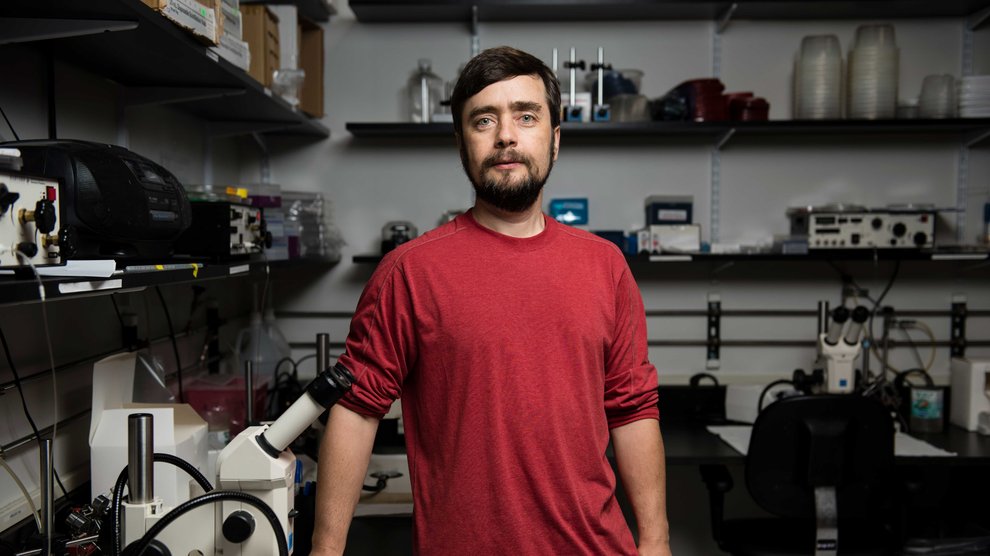
• • •
Missing some Tweet in this thread? You can try to
force a refresh



